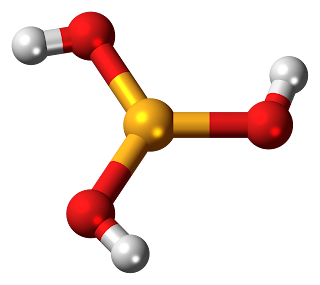Matter and Model Building: Newtonian Physics Lecture Series Lecture 1: Chapter 1 Section 2
This material comes from Chapter 1 Section 2 of the Newtonian Physics Lecture Series.
If we cannot interact with matter directly, or if we want to make a prediction of a system before we build the system to test it, we draw up a model of the system related to the phenomenon in question. Chemistry is a good example of this. We cannot observe the molecules directly with our eyes, so we model the reaction with the known laws of physics and chemistry.
Using these models, we predict the behaviors and results of the chemical reaction based upon the interactions between the components of the system or between the system and its surroundings. The words "system" and "surroundings" will come up in this lecture series and have specific definitions, so I may as well define them now. The "system" is everything under direct study in the moment we are studying it. The surroundings are everything outside of the system, but still have an affect on the system. For example, when Galilao was testing Gravity by rolling balls down inclines, the system was composed of the ball and the incline. The surroundings were the air and the pull of gravity.
If you have any questions, please leave them in the comments. Next time, I will cover the concept of dimensional analysis. Until then, stay curious.
To help get this lecture series come out with higher frequency, please donate to The Science of Life. This helps keep the information current and allows me to dedicate more time to this project instead of obtaining money through external means.
To help get this lecture series come out with higher frequency, please donate to The Science of Life. This helps keep the information current and allows me to dedicate more time to this project instead of obtaining money through external means.


Comments
Post a Comment